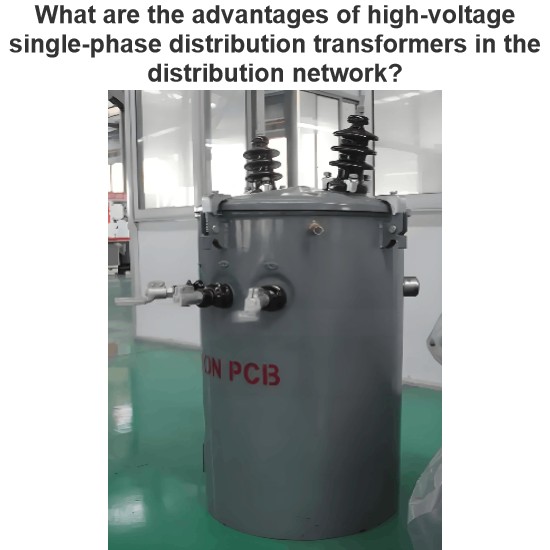What is the AC distribution box?
Overview of AC Distribution Box
A distribution box is an important electrical device mainly used for the distribution and control of electric energy in a power system. It transmits electric energy from the power supply to various electrical equipment through cables or wires, ensuring the normal operation of the power system.
Function of the AC Distribution Box
The main functions of the AC distribution box include:
Power Transmission: Ensure the efficiency and safety of power transmission through proper design and selection of suitable cables or conductors.
Electric Energy Distribution: Through distribution switches, circuit breakers, and other equipment, electric energy is allocated to different circuits or loads to meet the needs of various electrical devices.
Electric Energy Protection and Control: Install protective devices such as fuses, overload protectors, etc., to achieve protection for circuits and equipment; through control devices such as switches, buttons, etc., to achieve control of electric energy.
Power Quality Control: By installing filters, regulators, and other devices, the power is filtered and stabilized to improve its quality, ensuring the normal operation of electrical equipment.
Application of AC Distribution Box
AC distribution boxes are widely used in mobile, microwave, tower base stations and their communication rooms for AC power distribution. Its main function is to connect to the AC grid power supply and provide power for power equipment, air conditioning equipment, lighting equipment and other devices in the room. For example, during the use of tower AC distribution boxes, fire hazards may occur due to internal electronic component failures and line aging problems. Therefore, effective preventive measures are needed to prevent fire accidents.
Firefighting System for AC Distribution Box
To enhance the safety of AC distribution boxes, some advanced models are equipped with fire protection systems. These systems consist of fire extinguishing devices, switch power supplies, distribution box bodies, circuit breakers, incoming power switches, temperature sensing cables, and multiple circuit breakers. All these components are integrated within the distribution box body, which monitors temperature changes in real-time via temperature sensing cables and triggers the fire extinguishing devices when temperatures rise abnormally, effectively preventing fire accidents from occurring in the first place.
In summary, AC distribution boxes are comprehensive power equipment that integrates power transmission, distribution, protection, and control. They play a crucial role in modern power systems.
The Electricity Encyclopedia is dedicated to accelerating the dissemination and application of electricity knowledge and adding impetus to the development and innovation of the electricity industry.













